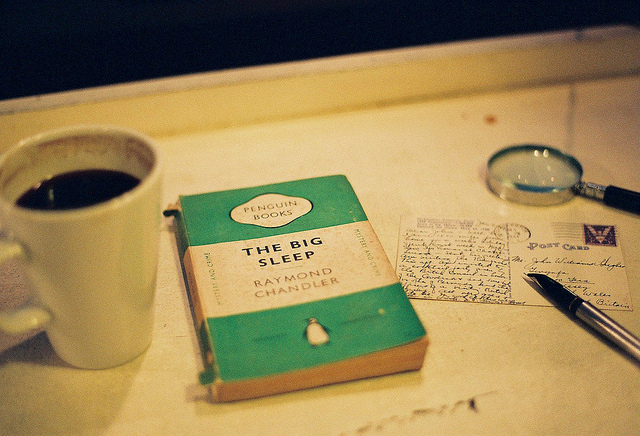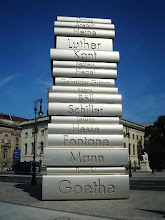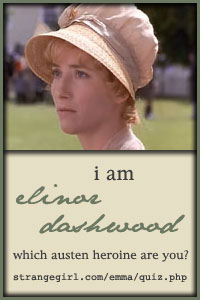 What did it matter where you lay once you were dead? In a dirty sump or
in a marble tower on the top of a high hill? You were dead, you were
sleeping the big sleep, you were not bothered by things like that. Oil
and water were the same as wind and air to you. You just slept the big
sleep, not caring about the nastiness of how you died or where you fell.
What did it matter where you lay once you were dead? In a dirty sump or
in a marble tower on the top of a high hill? You were dead, you were
sleeping the big sleep, you were not bothered by things like that. Oil
and water were the same as wind and air to you. You just slept the big
sleep, not caring about the nastiness of how you died or where you fell.
Written in 1939, Raymond Chandler's novel The Big Sleep would introduce detective Philip Marlowe to the world and be the start of a series of hardboiled crime novels that would earn much acclaim. It would be included on many "best of" lists including "TIME's List of the 100 Best Novels" in 2005. Complex, dark, and interesting, Chandler's novel drags us into the underbelly of 1930s L.A. where the rich and famous are as prone to crime and backstabbing as anyone.
The Plot:
Philip Marlowe is a private investigator who has been hired by the wealthy Gerneral Sternwood to deal with the blackmailing his wild (and insane) younger daughter, Carmen, by a bookseller named Arthur Geiger. Sternwood's older daughter Vivian believes that Marlowe has also been hired to discover the whereabouts of her missing husband, Rusty Reagen, but Marlowe won't say.
Not far into the case, Marlowe discovers that Carmen is caught up in a crime ring facilitated by Geiger's "bookstore". As bodies begin to pile up, Marlowe discovers the motives and truth behind each one and eventually realizes that the crimes committed go way beyond a little blackmail.
My Review (Caution - Spoilers):
This is one of those books that didn't rank high on my list, not because it wasn't good literature, but rather it just didn't suit my own personal tastes. Philip Marlowe is in many ways a "man's man" type detective and the whole story has a dark and hard outlook that didn't always settle well with me.
In his detective novels, Chandler was always much more concerned with the characters and the setting than he was with the plot itself and this is certainly true in this one. We have a complex cast of characters, each with their own motives and vices, that dance in and out of the story. The setting is grim and realistic, and each person is more than happy to back-stab another in order to protect their own interests. But the plot itself is hard to follow at times and resolution is never wholly found. For instance, it is never said who killed the Sternwood's chauffeur, and even Chandler himself couldn't provide an answer.
It was this lack of attention to the plot that ultimately dissolved my interest. While I appreciate great characterization and setting, I'm usually more drawn to the plot, especially in a mystery. I like to be able to follow along with the detective and see crimes that are intelligently committed and covered up. Mysteries that are hard to follow and don't tie up loose ends just aren't my cup of tea. Not a bad novel, just not really for me.
You may or may not enjoy this novel yourself. While I personally would rather read an Agatha Christie or a Dorothy Sayers mystery, there are plenty who will enjoy this hardboiled tale.
The Movie:
There are two film versions of this novel. The first is the 1946 version starring Humphrey Bogart and Lauren Bacall with a screenplay among whose writers was William Faulkner. The plot is still somewhat confusing, especially since some details had to be changed or omitted due to the Hays code. It is, however, a classic film noir and a wonderful way to watch Bogie and Bacall light up the screen together.
The other is the 1978 version starring Robert Mitchum. Though this version was able to incorporate more details from the story than the original version, it was never as popular. I have not seen this one.
















No comments:
Post a Comment